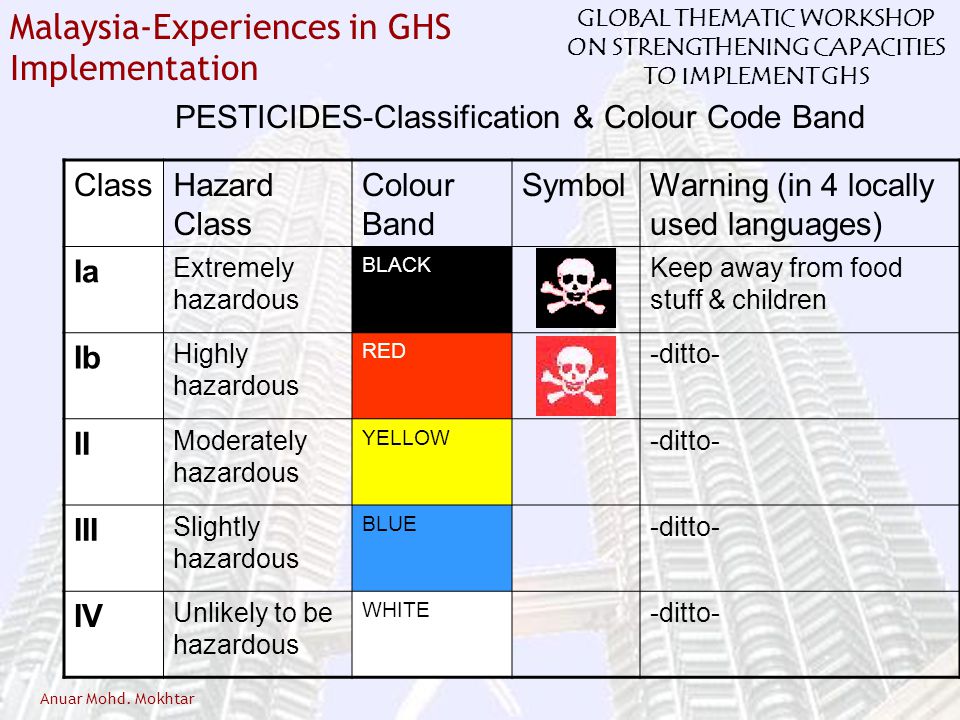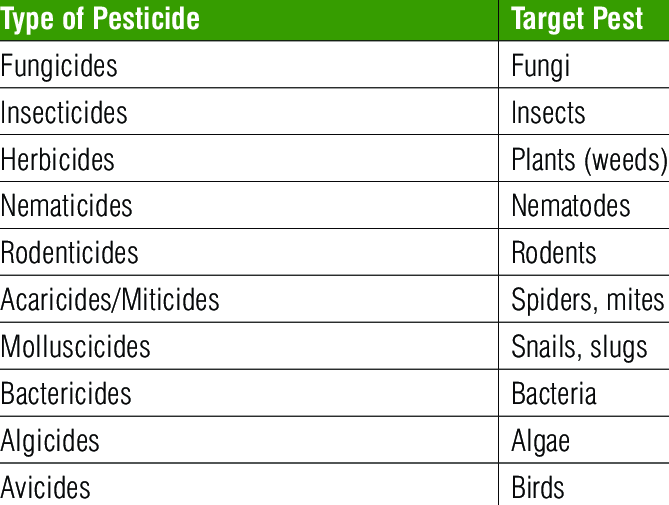Hi, welcome back to my blog. In week 8, our activities are to learn about weed, pest and disease control and management.
 |
Madam Amira and Madam Wahida briefed to student about chemical control (pesticides)
Chemical control. Chemical pesticides are often used to control diseases pest or weed. Chemical control is based on substances that are toxic(poisonous) to the pests involved. When chemical pesticides are applied to protect plants from pests, diseases or overgrowth by weeds, we speak of plant protection products. It is of course important that the plant that needs protection does not itself suffer from the toxic effects of the protection products.
The advantages of chemical pesticides are widespread due to their relatively low cost, the ease with which they can be applied and their effectiveness, availability and stability. Chemical pesticides are generally fast-acting, which limits the damage done to crops.
Chemical pesticides have some major drawbacks, but they are still widely sold and used. The disadvantages of chemical pesticides here. First, chemical pesticides are often not just toxic to the organisms for which they were intended, but also to other organisms. Chemical pesticides can be subdivided into two groups: non-selective and selective pesticides. The non-selective products are the most harmful, because they kill all kinds of organisms, including harmless and useful species and resistance. Pesticides are often effective for only a short period on a particular organisms.
 |
| The classification of Pesticides |
 |
| Type of pesticide |
Pesticides can pose hazards to humans. The severity of a harmful effect or poisoning depends on the pesticide’s chemical makeup and formulation, its path into the body, the amount that enters the body, and the length of exposure. Before you start spraying pesticides, you need to wear Personal Protective Equipment (PPE). By wearing this it can greatly reduce the potential for dermal, inhalation, eye, and oral exposure, and thereby significantly reduce the chances of a pesticide poisoning.
PESTICIDE CALCULATION1) SPRAY VOLUME PER HECTARE
SWATH WIDTH (m) NOZZLE DISCHARGE (l/min) WALKING SPEED (m/min)
- Nozzle diameter -Pump for 1 minute. - after 1 minute
= (Nozzle discharge l /min) / (Walking speed) swath width x ( 1000 meter square / 1 hectare )
2) C1V1 = C2V2
C1 = % of formulation ( On the label )
V1 = X
C2 = % of AI (active ingredients recommended)
V2 = Spray volume per hectare
Example :
Swath width / 1.2m Nozzle discharge / 1.5 l/min
Walking speed = 46.4 m/min 1.5 / 46.4(1.2) x 1000/1 = 269.4 liter per hectare
Students were spraying pesticides around the rubber tree plot
|
No comments:
Post a Comment